In the symphony of technology, programming languages compose the intricate notes that shape the digital landscape. Today’s coding languages are not just tools; they are the artisans’ brushes painting the canvas of innovation. Join us on a voyage through the multifaceted world of contemporary programming languages, where efficiency, creativity, and versatility converge.
- Python: A Serenade of Simplicity and Power
- JavaScript: Strings of Code Weaving the Web
- Rust: Forging a New Era in Systems Symphony
- Go (Golang): The Synchronized Rhythm of Concurrency
- Swift: Apple’s Melody for Seamless iOS Development
- Kotlin: A Modern Overture in the Java Landscape
Python, often hailed as the language of readability, has transcended its humble beginnings. With a versatility that spans web development, data science, and artificial intelligence, Python’s ecosystem of libraries and frameworks transforms code into a work of art. It is the maestro orchestrating symphonies in the realms of Django, Flask, and TensorFlow.
JavaScript, once confined to web browsers, now resonates across the entire web development spectrum. The rise of frameworks like React, Angular, and Vue.js has elevated JavaScript to the forefront of front-end development. Its union with Node.js extends its reach to server-side scripting, embodying the harmonious convergence of client and server in modern web applications.
Rust, a language born out of a commitment to performance and safety, is redefining systems programming. With its emphasis on zero-cost abstractions and memory safety, Rust stands as a guardian against common programming pitfalls. As it gains prominence, it heralds a new dawn for developers seeking the perfect balance between control and security.
Go, or Golang, conducts the concerto of concurrency with elegance and simplicity. Developed by Google, its seamless support for concurrent programming makes it a preferred choice for building scalable and efficient distributed systems. Go’s cadence is swift, enabling developers to compose code that is both performant and highly maintainable.
Swift, the brainchild of Apple, is the harmonious language resonating through the iOS and macOS development spheres. Beyond its native ecosystems, Swift’s open-source journey extends its influence to server-side development. Its fusion of modern language features with performance makes it a virtuoso in crafting robust and efficient applications.
Kotlin, embraced by JetBrains, orchestrates a modern narrative within the Java ecosystem. Widely adopted in Android app development, Kotlin’s succinct syntax and interoperability with Java have made it a favorite among developers. In rewriting the script for Android development, Kotlin brings clarity and conciseness to code, enhancing both productivity and code quality.
Conclusion:
As we traverse the rich tapestry of today’s coding languages, it becomes evident that each has its unique melody, resonating with the diverse needs and aspirations of developers. Python, JavaScript, Rust, Go, Swift, and Kotlin: these are not merely languages but the notes that compose the opus of our technological era. Together, they craft the future, embodying the innovation and creativity that define the ever-evolving landscape of programming. Welcome to the grand symphony of CodeCraft, where every line of code contributes to the harmonious progression of digital artistry.

